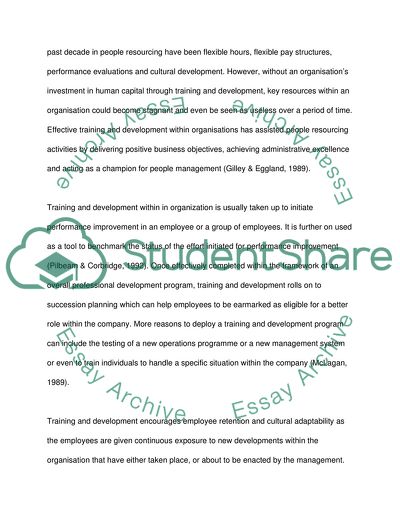Cite this document
(The Underlying Value of Human Resource Management Activities Literature review, n.d.)
The Underlying Value of Human Resource Management Activities Literature review. https://studentshare.org/human-resources/1710648-people-resourcing
The Underlying Value of Human Resource Management Activities Literature review. https://studentshare.org/human-resources/1710648-people-resourcing
(The Underlying Value of Human Resource Management Activities Literature Review)
The Underlying Value of Human Resource Management Activities Literature Review. https://studentshare.org/human-resources/1710648-people-resourcing.
The Underlying Value of Human Resource Management Activities Literature Review. https://studentshare.org/human-resources/1710648-people-resourcing.
“The Underlying Value of Human Resource Management Activities Literature Review”. https://studentshare.org/human-resources/1710648-people-resourcing.


